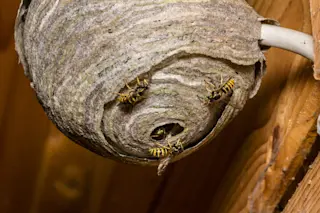Perhaps the most common way that we tell different species apart is by looks. Different colors often mean deep-rooted differences, but in some species, color is a fluid concept. Take the chameleons: though it's a myth that they can match any color they see around them, they are able to modify the patterns on their bodies to blend in, and some are known for dizzying color changes that are used as social signals — a colorful way of communicating with the chameleons around them. The panther chameleon, Furcifer pardalis, is particularly well known for its vibrant beauty. These lizards are popular in the pet trade, where color 'morphs' or 'locales' are seen — the rarest highly coveted. These distinct looks are often named after Malagasy villages or islands where such colors are found. The Nosy Be morph is stunningly blue, like the chameleons found in that area, while the Sambava ...
One Chameleon, Eleven Chameleons: Genetics Reveal Cryptic Species in Madagascar's Panther Chameleon
Explore Furcifer pardalis color variation and the stunning diversity of panther chameleon species in Madagascar's unique ecosystems.
More on Discover
Stay Curious
SubscribeTo The Magazine
Save up to 40% off the cover price when you subscribe to Discover magazine.
Subscribe












